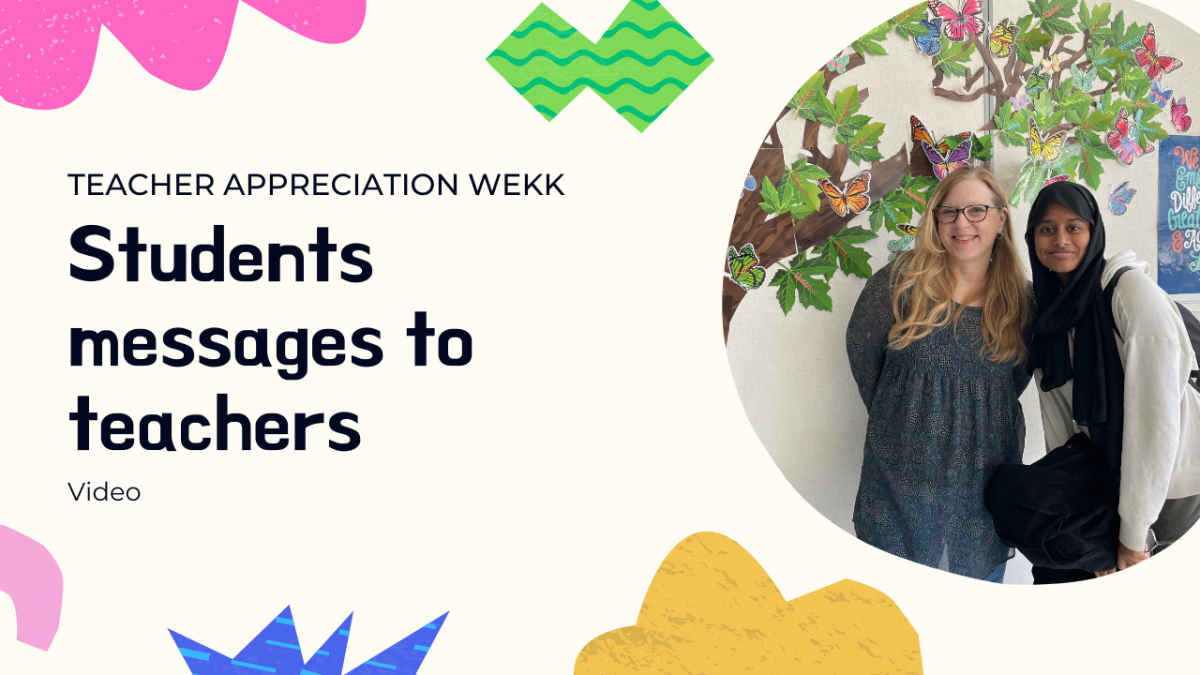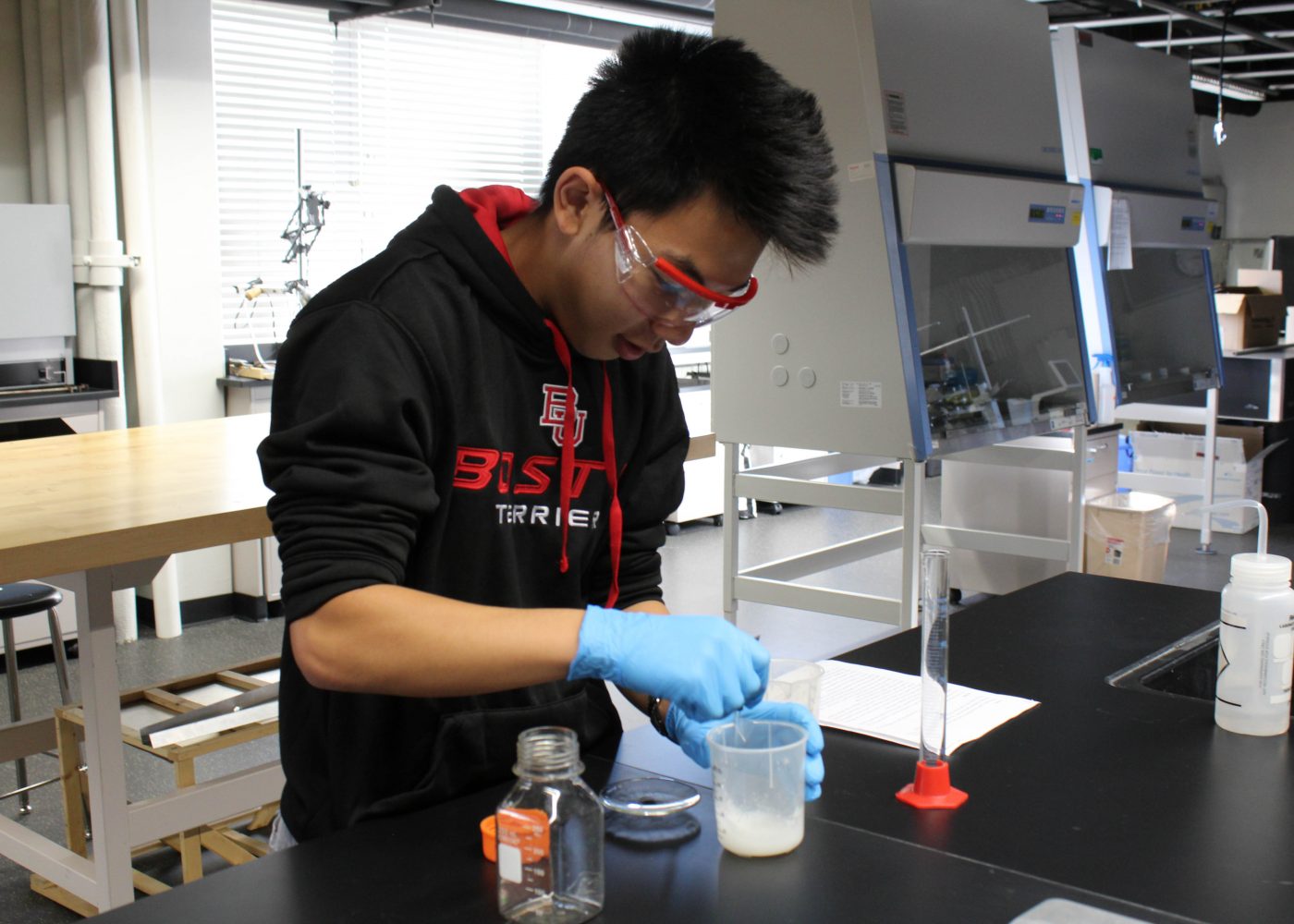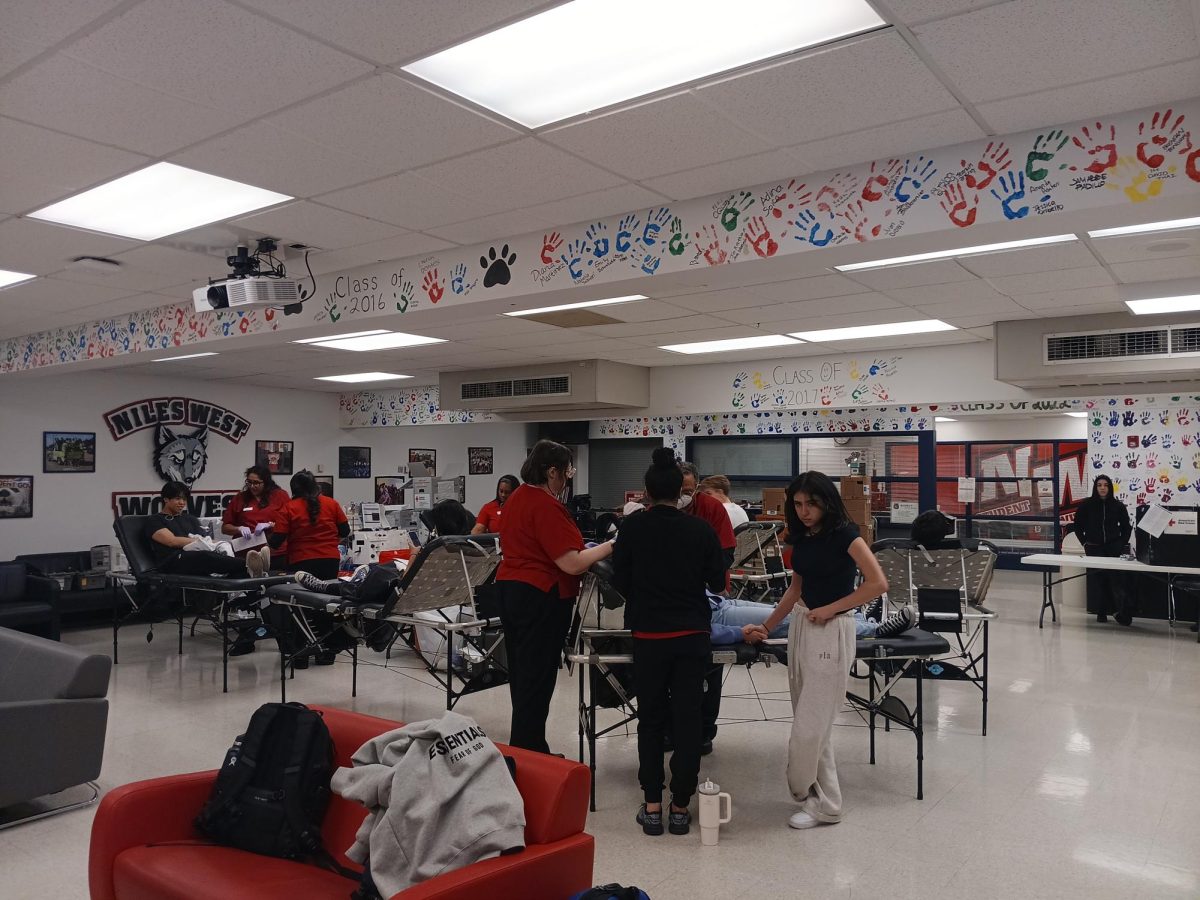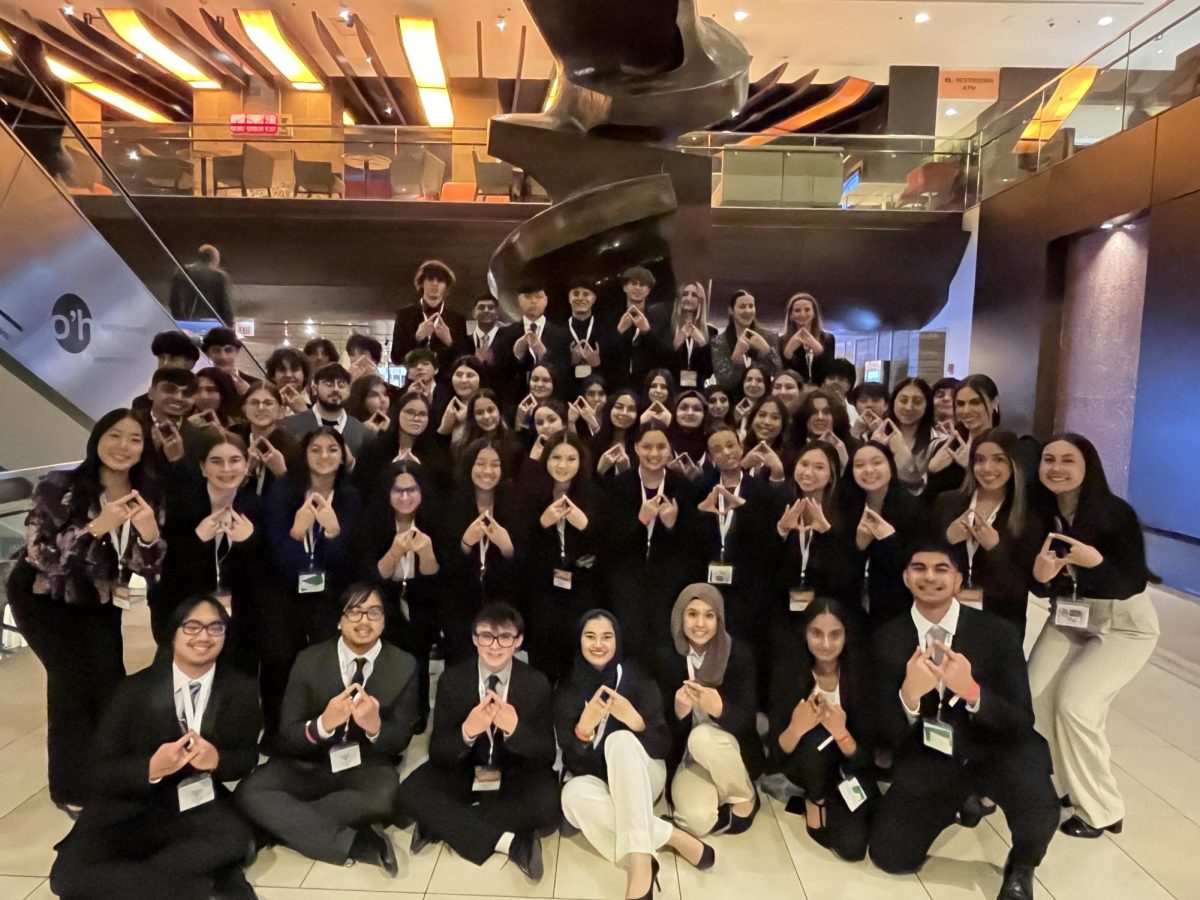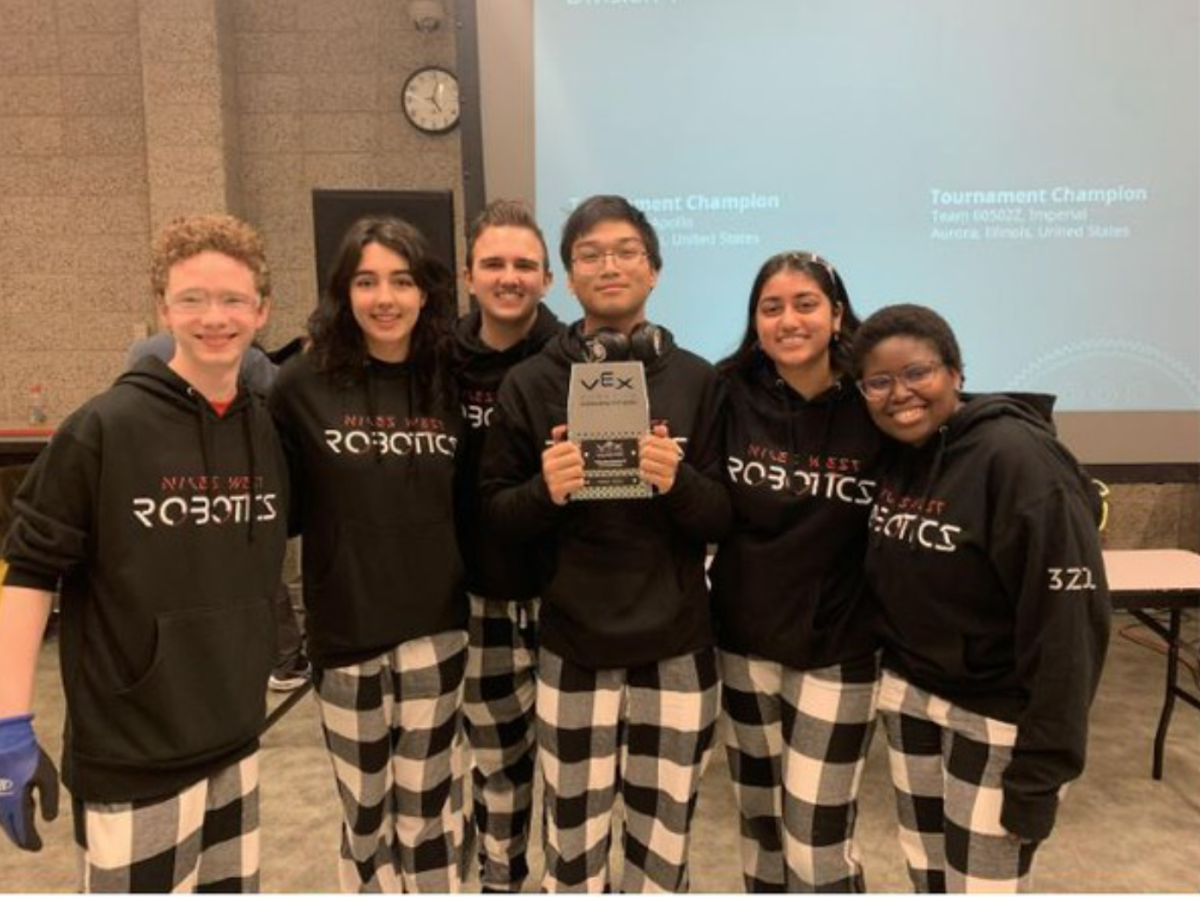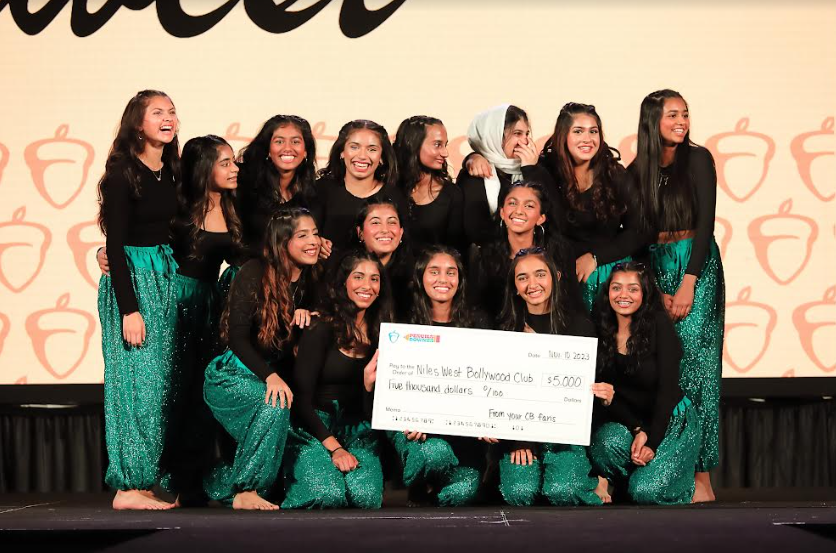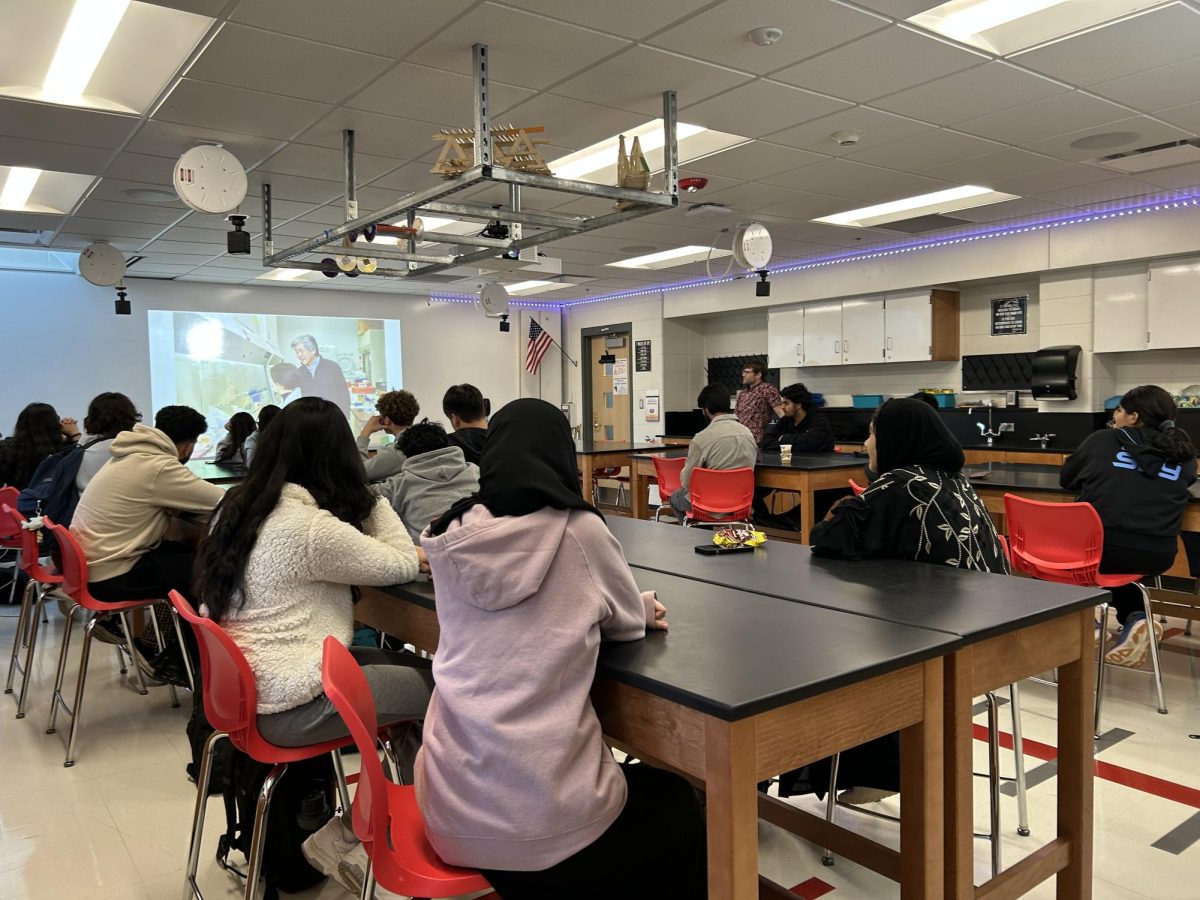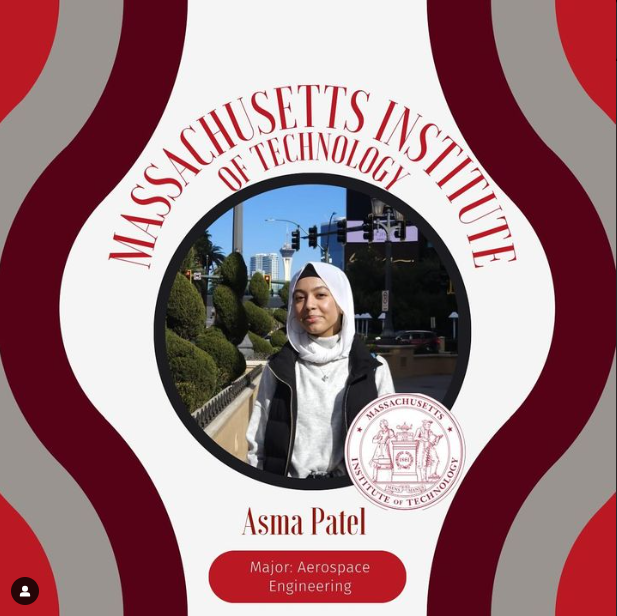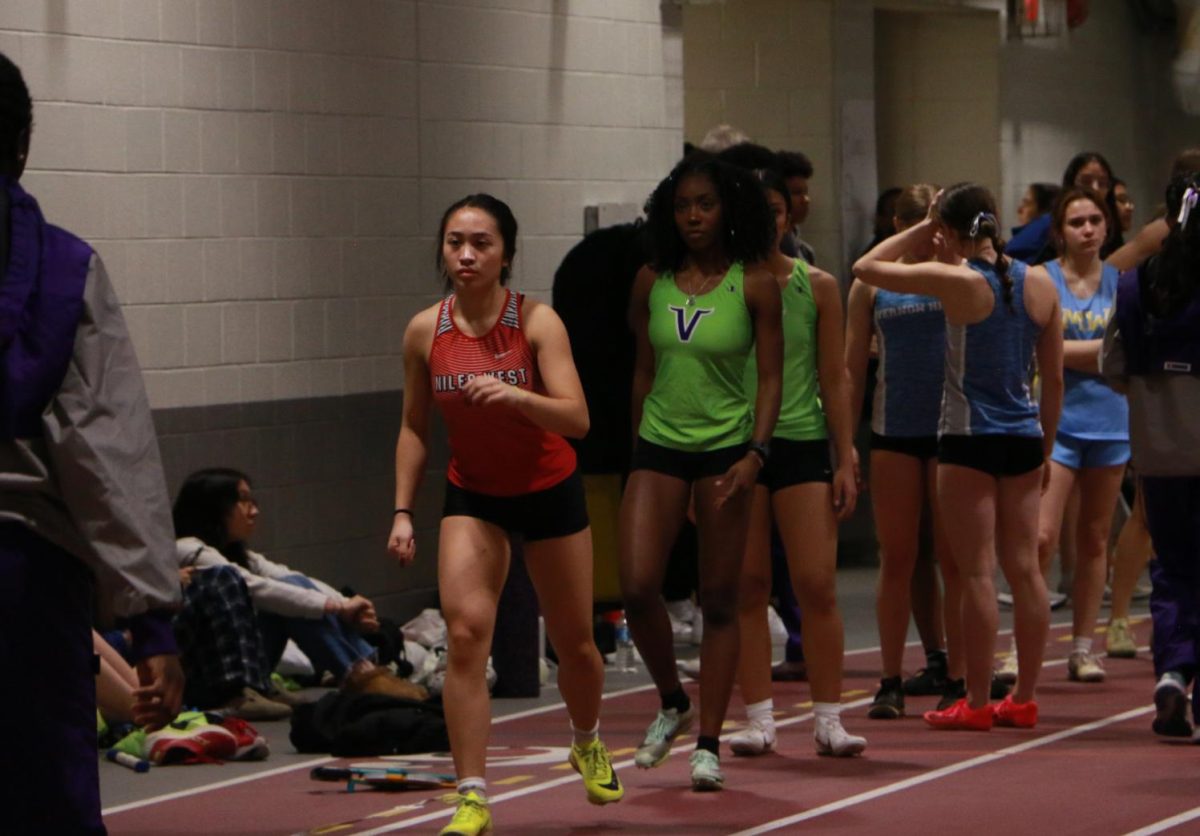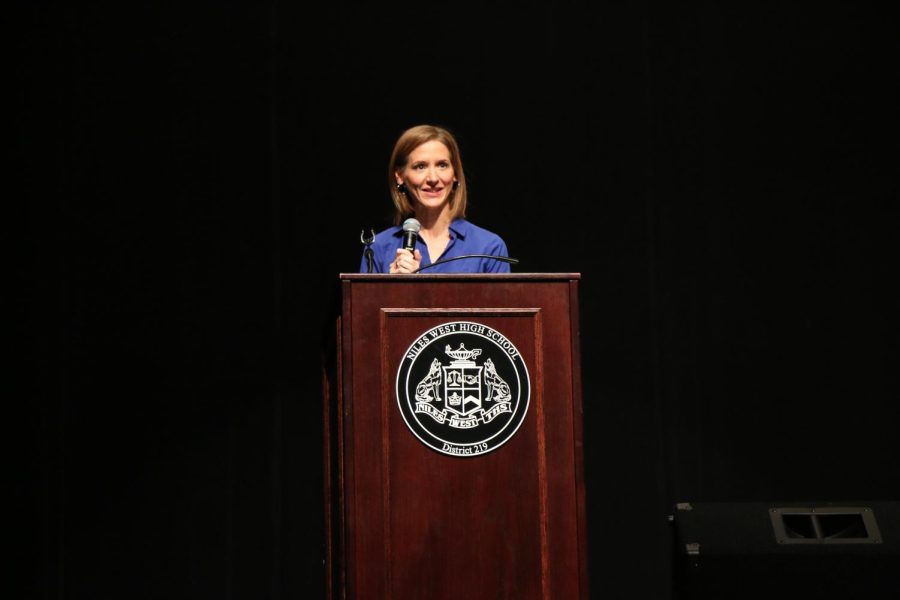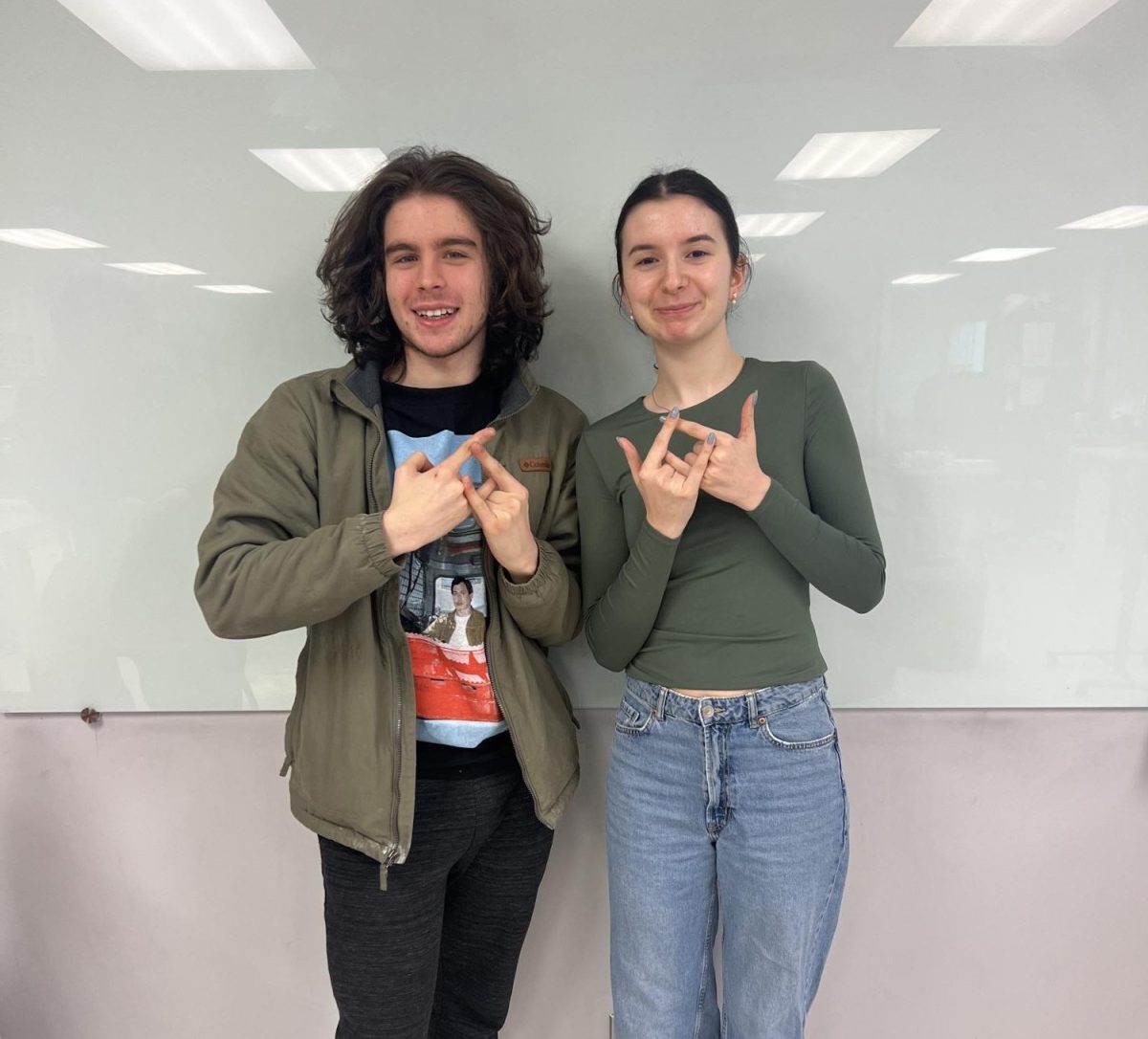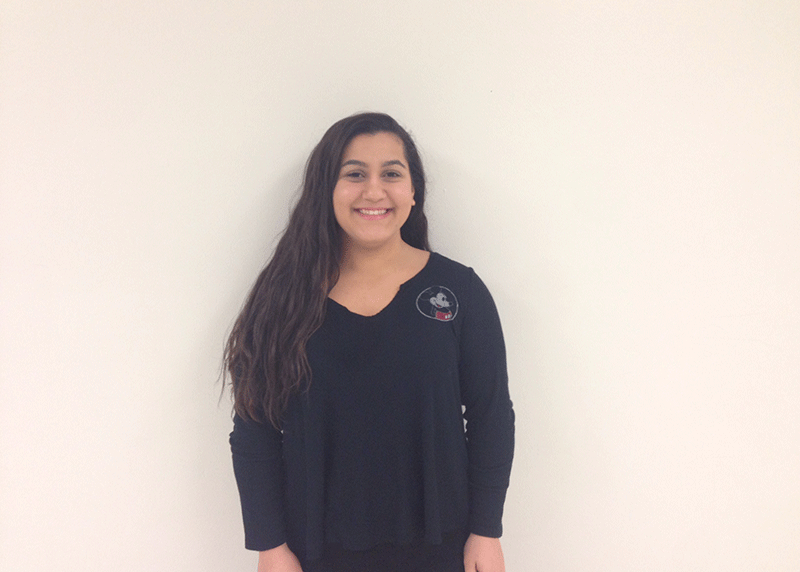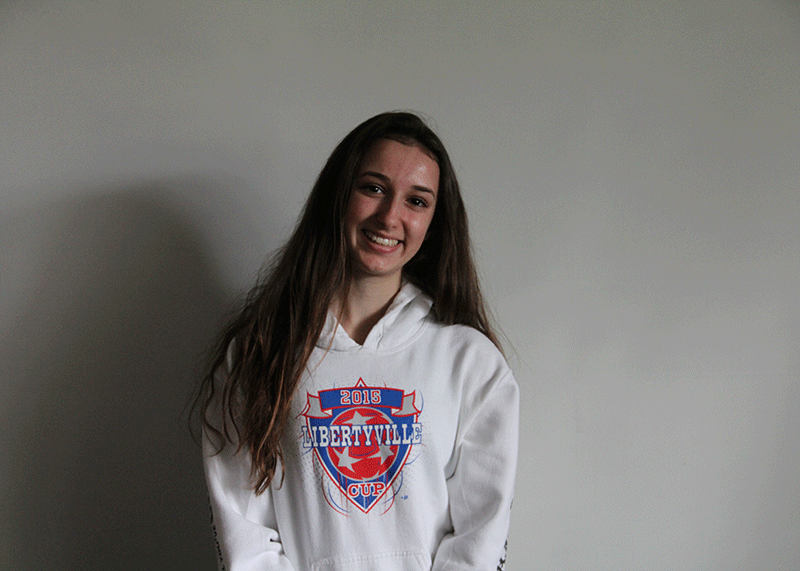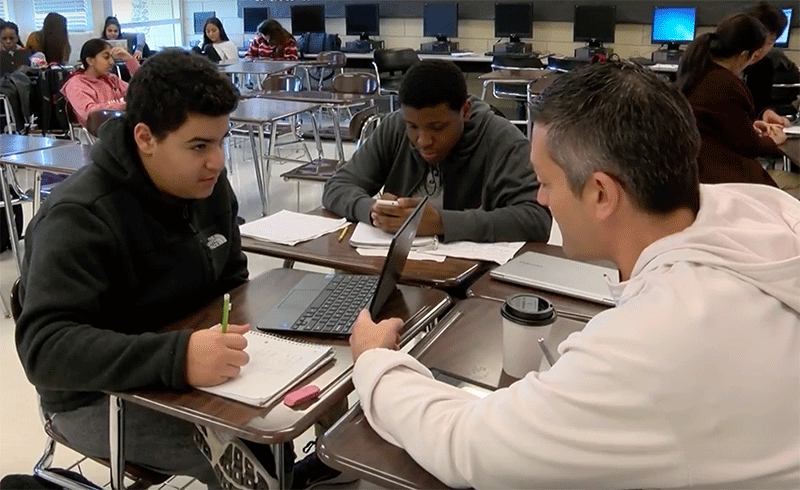On the third floor of the science wing, there is a group of people that envisions change and creates the future before its own eyes. SIRS (STEM Inquiry and Research) or “STEM” (Science, Technology, Engineering, and Math)– as dubbed by many senior students– has made leaps and bounds in scientific research since the creation of the class in 2009. While many students at Niles West shy away from the sometimes frustrating and disorienting unknown, the unknown is exactly where SIRs students live, continuously working on the unrelenting, honest search for answers.
Distinctive from any other science class offered at Niles West, SIRs is a class that asks student scientists to push themselves, offering a good support system and resources but ultimately leaving exploration in the hands of the students.
“One of the biggest differences between STEM and any other science class is that STEM is a course which builds on itself. There are students who [are] taking it for the first time, some for the third time, and even a student who’s been in STEM for four years. Most of the work is managed independently, meaning that your teacher won’t be assigning nightly homework or checking your journal every day. The student decides how much work he or she will do on a given day, making the project more manageable and personal,” junior Nicholas Ieremciuc said.
In addition to SIRs, most students take another science class that adds work on top of their own research project. For a large percentage of the student body, two high level science classes are sure to incite a considerable amount of stress. However, for SIRs students, those classes are key in their understanding of scientific concepts and preparing for their futures in research.
“It is 100% self motivated. There are students who pick easy projects and there are students who push to do something that has never been done before. You and only you determine the workload. You put in the amount of work you want to put in and the teachers are not there to tell you what to do and by when. You need to figure it out yourself to meet competition deadlines. I wouldn’t describe it as difficult because I have a personal connection to my research and really enjoy the class, so if I could spend the time I use for other classes on STEM, I really would. Yes, I put [more] effort into STEM than other classes, but I do it because I want to,” senior Anam Furrukh said.
With this mindset, SIRs students possess intrisically inquisitive and passionate attitudes that allow them to push the envelope of scientific research and find solutions. From areas like cancer to nanoparticles, clams, and biodiesel, the most successful students are the ones who are willing to face failure by pursuing what isn’t easy.
For senior Jensy Joseph, the research she does is a personal step closer to finding balance in her life.
“Junior year, I researched inflammation. I worked with lung cancer cells and tried to find the effects of combining two anti-inflammatory drugs on the proinflammatory cytokine TNF-alpha. The reason I researched ways to reduce inflammation is because I have the autoimmune disease, Lupus. I was diagnosed with this disease in the sixth grade and have been struggling with the inflammation that comes with [it] ever since. Researching lupus, immunology, and the inflammatory process helped me to get control of my disease. I felt comforted knowing that there were brilliant researchers looking into ways to control the disease, to see how the disease affects other areas of the body, and ways to prevent flare ups,” Joseph said.
All of the research that is conducted over the year is ultimately taken to the IJAS (the Illinois Junior Academy of Science) science fair and submitted for awards and sometimes monetary prizes, but the road from first concept to state science fair is one that requires countless hours of dedication. With their mentors from Northwestern, SIRs students undertake the journey to IJAS and other science fairs every year, sometimes developing a new piece to old projects or starting from scratch every year.
“First, you have to come up with an idea about what you want to research… Once you come up with a field, you have to find something you want to fix/improve in that field. For example, maybe there’s a way of producing some product, but it’s really expensive. You might try to develop a way to make it cheaper, try a few different methods and see how the quality of the product varies — or something like that. Once you have a question to test, you have to learn everything about it… You then write a review of literature — a research paper that gives a reader all the information they need to understand your experiment, hypothesis, prediction. Then you have to develop a procedure to test the question.
The majority of time at the beginning of second semester is spent in the lab. You collect data for a long time, and then you run analyses on your data, and try to decipher what it all means. First we go to the IJAS Regional Exposition, and if you do well, you can win monetary prizes and go on to the State Fair. You get two more months to collect more data and add to your paper. If you’re lucky enough to go to the Intel Science and Engineering Fair, then you’re competing against some of the most creative young scientists in the world. Ultimately, the process of going from idea to reality is a lot of work, but really awesome,” junior Vijay Shah said.
SIRs also echoes its sentiments toward redefining limits in the science world by encouraging the prevalence of women in science. It is a class that makes sure all students receive support and mentoring in STEM fields, which in turn cultivates an increased desire for female students to rise to higher level positions in science.
“Our STEM class for 4 years has always been overwhelmingly female, yet our mentors are overwhelmingly male. I did an internship over the summer and the whole 12 weeks I saw like 3 women working in the building compared to 30 or so men. It is very disproportionate but I think our STEM class and the number of girls we have shows that when our generation is at the graduate school phase, there will be more women in science,” Furrukh said.
This continual movement toward the positive promotion of women in science doesn’t only start in high school, though there are several clubs and classes at Niles West that encourage high school students to do science. Starting this year, SIRs and the science/math offices have created a program called Stellar Girls– similar to GEMS or Girls Empowered by Math and Science– that takes girls from 4th and 5th grade at Edison elementary school and brings them to Niles West to get involved with STEM.
“I am a volunteer and it’s actually a really good program. They get hands-on experience and they love it! [Niles West] also has Riot club where you can get involved with research. I think there is an unequal balance of sexes in the research world, but I don’t think there is anyone to blame. Many girls aren’t exposed to these things at an early age. Many schools don’t have the funding to do so. Having a STEM lab is very costly and I am blessed to go to Niles West with its many facilities. I wish other schools had these capabilities. We do need to get more women into STEM because it’s an amazing field that strives for the greater good,” senior Ashly Pinarkyil said.
In the real world of STEM, the research field is constantly driven forward with frontier and cutting edge science that changes the way our world deals with problems. SIRs class seeks to prepare student scientists for that high-level research, offering opportunities that help students get ready for scientific investigation out of high school.
“STEM careers require a high level a technical skill and knowledge, but there are many jobs with great salaries for people who are qualified in these areas. SIRs gives students a huge head start in college because they have a huge resume of skills and experiences as well as the confidence of working on their own project rather than just ‘doing homework and taking tests.’ They know how to communicate in a university setting and also have tremendous presentation skills. Many of our students are able to get into programs and labs in college because of their unique experiences in the STEM lab,” chemistry and SIRS teacher, Julieann Villa, said.
Many students have already taken advantage of internships at research universities that are held either over the summer or during the school year. Among some SIRs students, senior Maryam Khalid‘s time spent researching at Northwestern was arranged through her mentor and allowed her to observe and analyze more data in a real-life research setting. Anam Furrukh also went through an internship where she used oxygen producing dyes to selectively kill cancer cells.
“It was an amazing experience. I learned so much about a field outside of nanotechnology; there is a huge benefit to work in a real university lab with a graduate student and a professor rather than being all by yourself. I got to attend weekly lab meetings and was exposed to so much different research. It was the first time I saw that there is this amazing research community out there with educated people trying to make a difference. Our STEM class is [a] miniature version of the same research community that is present at an international level,” Furrukh said.
Sometimes an experiment will not go as far as expected and the student is forced to start over. Senior Mrugami Mahadik has been working on a research project for the past two years and is continually starting over to perfect her product: change is an integral part of science and research.
“[For] two years, I have been working on creating biosensors that can detect heavy metals in water. I have successfully created a biosensor that can detect arsenic and cadmium in water. The purpose of my research is to create a sensor that is inexpensive and can be used by people in developing countries where technology is not readily available. My test costs about $0.04-$0.05 and does not require any scientific knowledge to use,” Mahadik said.
At Niles West, SIRs has provided a space for limitless students to grow and learn more about the world through their own hands. Several Niles West SIRs alumni have already progressed to working in labs outside of their colleges and risen to new heights in scientific research.
At the end of their high school careers, SIRs teacher Gregory Ruber hopes that students leave with “an appreciation of the world of science and the know-how and passion to continue into whatever fields they pursue. And also [I hope they] remember where they came from, come back and visit!”
SIRs takes the ceiling off of possibility and lets students become leaders of the future, endlessly asking them to take a second look.
“STEM is my second home; there is no way that I can come to Niles West and not go to the STEM lab. Part of the reason is that it always brings out the best in me. The teachers are super supportive and always encourage me to do the research that I am interested in. STEM is very different from other classes because it gives me the independence that I need to grow in my scientific abilities. Everyone has a chance to work at their own pace and do the best that they can,” Mahadik said.


